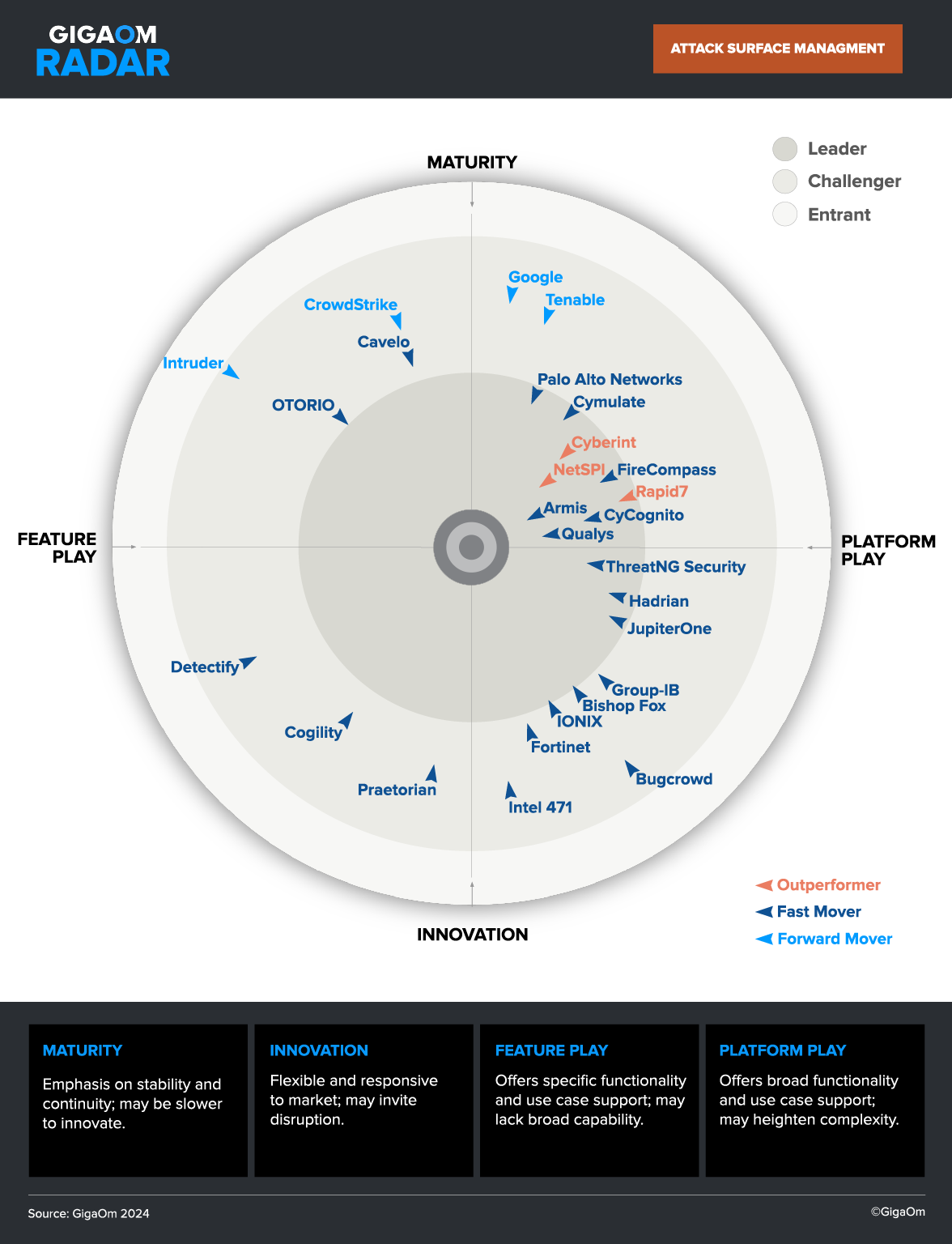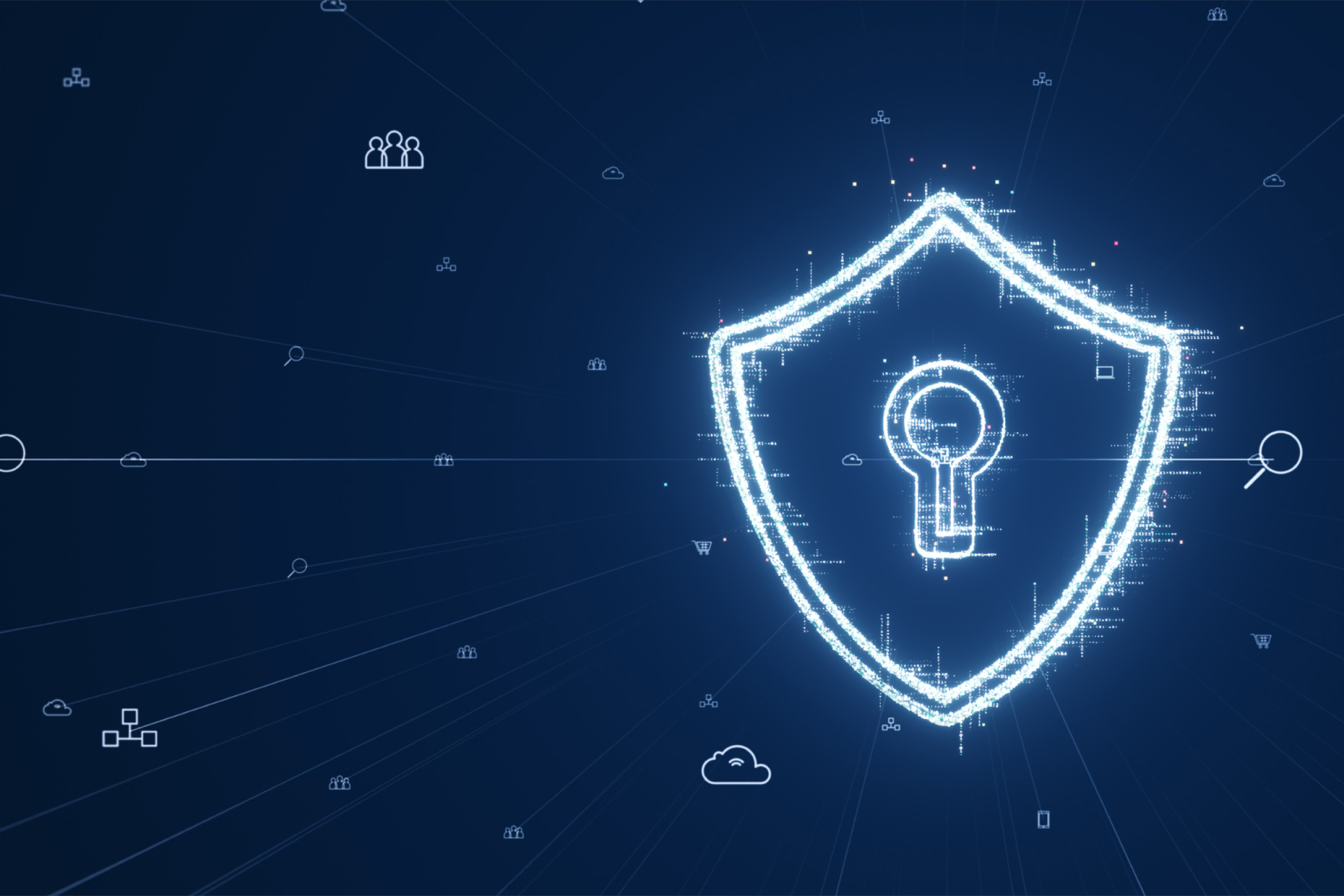What Is IT Asset Inventory Management?
IT asset inventory management, often referred to as IT asset management (ITAM), is a set of business practices for identifying and managing IT assets across an organization’s business units. It involves gathering detailed hardware and software inventory information, which can be used to make decisions about procurement, use IT assets more effectively, and also identify security issues with IT assets and remediate them.
IT asset inventory management is like having a comprehensive map of all the technology resources within an organization. This includes knowing what assets you have, where they are located, how they are used, when changes were made to them, and whether they represent a risk to the organization.
This is part of a series of articles about attack surface.
Why Is Asset Inventory Management Important?
IT assets are the backbone of a modern organization. They are the tools that power day to day business operations, and must be managed effectively to ensure they are used optimally and minimize risk. Two primary reasons organizations engage in IT asset management are:
- Cost management: By understanding what assets you have and how they are used, you can avoid unnecessary purchases and make more informed decisions about procurement. This can lead to significant cost savings, as IT budgets are often one of the largest expenditures for businesses.
- Risk management: With a clear inventory of assets, you can ensure that all your assets are up-to-date and protected against security threats, identify vulnerabilities if they exist, and remediate them.
Elements of an IT Asset Inventory
There are several key elements that make up an IT asset inventory:
Hardware Asset Management
Hardware asset management is the process of tracking and managing the physical components of computers and computer networks, from acquisition through disposal. This includes servers, laptops, desktop computers, printers, routers, and other equipment.
The goal of hardware asset management is to manage the life cycle of these assets and ensure they are used efficiently. This includes tracking the usage of each piece of hardware, ensuring it is maintained properly, and replacing it when it reaches the end of its useful life.
Software Asset Management
Software asset management focuses on managing and optimizing the purchase, deployment, maintenance, utilization, and disposal of software applications within an organization.
Software Asset management involves managing licenses, ensuring compliance with software contracts, and avoiding penalties for license overuse. It also involves identifying underutilized software that can be redeployed elsewhere in the organization, reducing the need for additional software purchases.
Cloud-Based Asset Management
Many organizations are moving their IT assets to the cloud. Cloud-based assets can include anything from cloud storage buckets to virtual machines (VMs) and software-as-a-service (SaaS) applications.
Managing these cloud-based assets can be challenging due to their intangible nature, but it’s just as important as managing physical assets. This involves monitoring usage, ensuring security, managing access, and optimizing costs.
Data Asset Management
Data assets include databases, data warehouses, spreadsheets, and other data files. Data assets are arguably the most valuable assets an organization owns. They hold key insights about the business, its customers, and its operations. Managing these assets involves ensuring their accuracy, protecting them from data breaches, and ensuring they can be used to support business outcomes.
Tips from the Expert

Dima Potekhin, CTO and Co-Founder of CyCognito, is an expert in mass-scale data analysis and security. He is an autodidact who has been coding since the age of nine and holds four patents that include processes for large content delivery networks (CDNs) and internet-scale infrastructure.
In my experience, here are tips that can help you better manage IT asset inventory:
- Integrate ITAM with your security operations center (SOC): Connect your IT asset inventory with your SOC to enable real-time monitoring and alerting of anomalies in asset behavior. This integration ensures that any changes or potential threats to assets are immediately flagged for investigation.
- Implement network segmentation based on asset criticality: Categorize your assets based on their criticality to the business and apply network segmentation accordingly. This reduces the attack surface by limiting access to high-value targets, even if other parts of the network are compromised.
- Regularly audit third-party and supply chain assets: Extend your asset inventory management to include third-party vendors and supply chain partners. Regularly audit these assets to ensure they adhere to your security and compliance standards, mitigating risks from external dependencies.
- Develop a rapid asset onboarding and offboarding process: Create a streamlined process for quickly adding and removing assets from the inventory. This is especially crucial during mergers, acquisitions, or large-scale deployments to ensure all assets are accurately tracked from day one.
- Continuously update your asset discovery tools: Ensure that your asset discovery tools are regularly updated to detect the latest types of assets, including IoT devices and cloud-based resources. Keeping these tools current is essential to maintaining an accurate and complete asset inventory.

GigaOm Radar for Attack Surface Management 2025
Assess the value and progression of ASM solutions to help you select the best solution.
Access the GigaOm Radar for Attack Surface Management 2025 to get an overview of the available ASM solutions, identify leading offerings, and evaluate the best solution for you.

The Challenge of Modern IT Asset Inventory Management: Proliferation of Internet-Connected and Shadow Assets
In the current digital landscape, the proliferation of internet-connected assets, including IoT devices, and the existence of shadow IT assets (set up and used without the knowledge or permission of the organization) pose significant challenges for asset inventory management. The sheer volume and diversity of these assets, coupled with their often decentralized nature, make it difficult for organizations to maintain a comprehensive and up-to-date inventory.
Internet-connected assets are not confined to the traditional network perimeter but are spread across various locations, including remote and mobile environments. This dispersed nature makes it challenging to identify, track, and manage these assets effectively. Shadow IT compounds these challenges by introducing unauthorized devices and applications into the environment, potentially exposing the organization to security risks due to lack of oversight and control.
To address these challenges, organizations must adopt advanced discovery methods, implement strict governance policies, and ensure that their asset inventory management processes are robust and agile enough to adapt to the ever-evolving IT landscape.
Discovering IT Assets Exposed to the Internet
To address this challenge, many organizations are taking a different approach to IT asset management, trying to identify assets exposed to the internet, wherever they are. Here are a few ways your organization can broadly discover IT assets:
- IP Addresses: Scanning IP addresses and DNS entries from domains owned by your organization can help discover a range of assets, some of which might be unknown to the IT department. A scan can discover what ports and services, and whether they are currently “alive” or responding to pings.
- IP Ranges: It is possible to discover entire IP ranges with an owner/ASN record corresponding to the organization. This can help the organization discover a list of active IP addresses which might represent IT assets.
- Domains: Domain assets can be found by cross-referencing the domain registrant and the organization, and looking for names matching brands of the organization and its subsidiaries. They include information about the registrant, organization, registered DNS names and their respective IP addresses.
- Certificates: Identifying certificates registered by the organization can also be a way to detect IT resources. Certificates include a signature, common name, and the IP addresses currently serving them.
- Web applications: Web applications have at least an IP address serving on ports related to web application services. By scanning IP addresses, it is possible to identify active web applications.
Learn how CyCognito enables automated discovery of IT assets, as part of its attack surface management platform.
Best Practices for IT Asset Inventory Management
Use an Automated Asset Discovery Process
Manual asset tracking can be a time-consuming and error-prone process. An automated asset discovery process, on the other hand, can help you save time, reduce errors, and maintain an up-to-date inventory.
With an automated system, you can easily discover and record new assets in your network. This system can also help you track the lifecycle of each asset—from procurement to disposal—making it easier to plan for replacements and upgrades.
Advanced discovery systems that leverage IP, domain, and certificate scanning can help identify assets exposed to the internet and shadow assets that might not be visible by other techniques.
Eliminate Ghost and Zombie Assets
Ghost and zombie assets—terms used to describe unused or unrecorded assets—can take a toll on your organization’s finances and productivity. Ghost assets are those that are lost, stolen, or difficult to trace, but still appear on your inventory record. On the other hand, zombie assets are those that are in your inventory but not recorded in your asset register.
Eliminating these ghost and zombie assets is an essential step in effective asset inventory management. Regular audits and advanced automated testing can help you identify these assets and remove them from your system. This will not only help you maintain an accurate record of your assets but also prevent unnecessary spending on asset maintenance and upgrades.
Establish a Process for IT Asset Disposition
IT asset disposition (ITAD) refers to the process of disposing of unwanted or obsolete IT assets in a safe and environmentally friendly manner. Proper ITAD practices can help you prevent data breaches, comply with regulations, and even recover value from your old assets.
When disposing of IT assets, it’s important to ensure that all sensitive data is completely wiped from the devices. You should also consider donating or selling your old assets to recover some of their value. Moreover, make sure to dispose of your assets in a way that complies with local and international environmental regulations.
Use Structured Documentation
Structured documentation is an essential part of asset inventory management. It involves maintaining a detailed record of each asset, including its specifications, location, status, and any associated maintenance and repair history.
This can help you track the lifecycle of each asset, plan for replacements and upgrades, and quickly identify and resolve any issues. Moreover, structured documentation can provide valuable insights into your IT operations, helping you make informed decisions about your IT strategy.
Discovering and Securing IT Assets with CyCognito
CyCognito introduces a dynamic approach to asset inventory management, employing natural language processing (NLP) and advanced analysis of open-source intelligence (OSINT) to create a comprehensive asset inventory. This system provides a live, continuously updated view of an organization’s external assets, displayed in a graph data model that illustrates the interconnections between assets.
The platform automates the discovery process, eliminating the need for manual input or configuration. It employs attacker reconnaissance tools and methodologies to proactively identify and classify exposed external assets, encompassing not only company-owned resources but also those in traditional data centers, SaaS, IaaS, as well as assets linked with partners, subsidiaries, and interconnected companies. This wide-ranging discovery ensures that security coverage extends beyond the typically known assets, often covering over 90% of the IT ecosystem exposed to potential cyber threats.
Additionally, CyCognito facilitates the automatic mapping of an organization’s business structure, a crucial feature in a landscape where attack surfaces are constantly evolving. The platform leverages machine learning, NLP, and graph data models to reveal the full spectrum of organizational relationships, effectively adjusting to structural changes and maintaining an accurate, real-time inventory. This automated process significantly reduces the time and effort required for asset discovery and classification, acting as a force multiplier for security teams.
Learn more about asset discovery in the CyCognito attack surface management platform.

GigaOm Radar for Attack Surface Management 2025
Assess the value and progression of ASM solutions to help you select the best solution.
Access the GigaOm Radar for Attack Surface Management 2025 to get an overview of the available ASM solutions, identify leading offerings, and evaluate the best solution for you.














